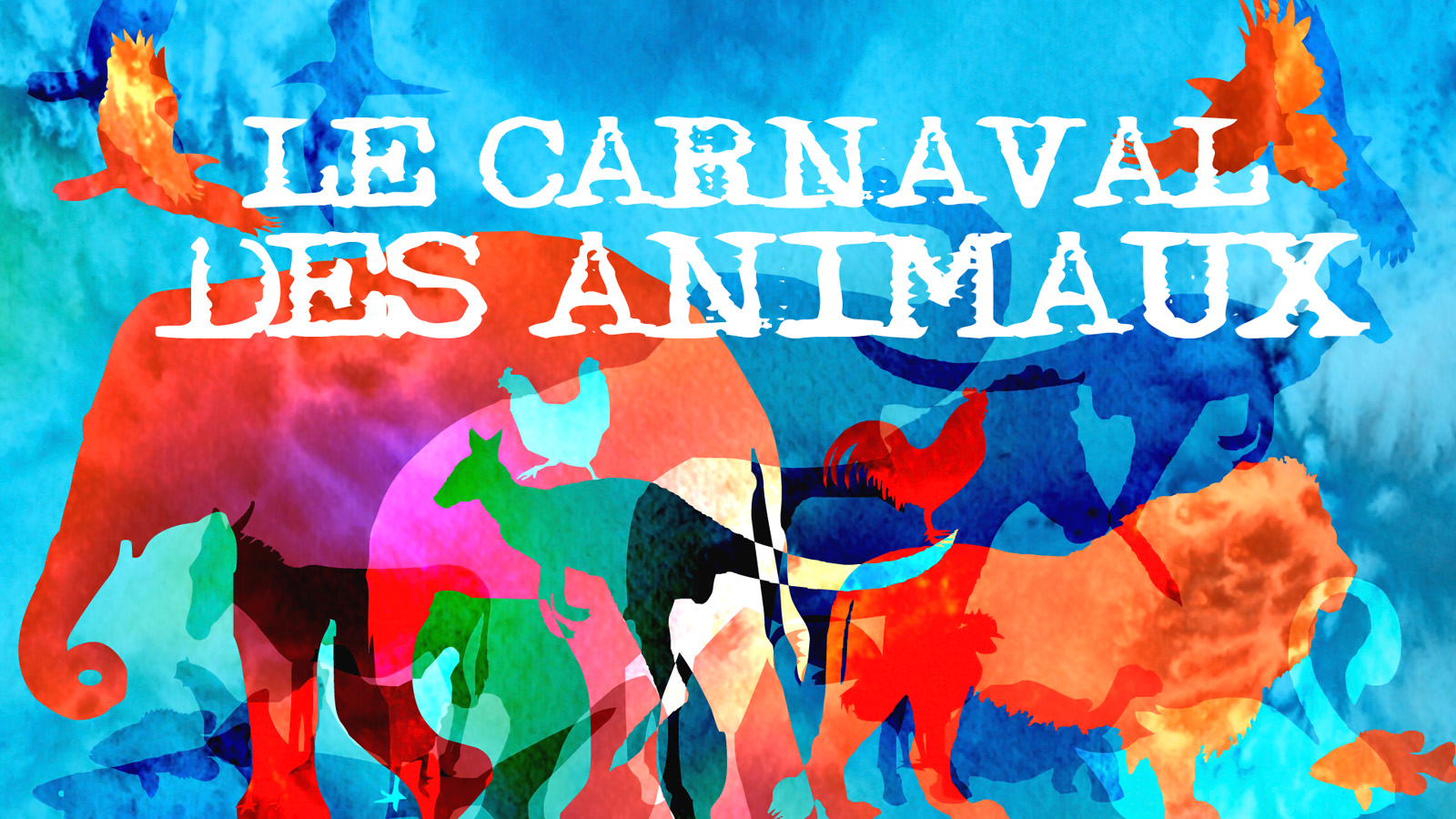
Le carnaval des Animaux « Korzen Concept
Le Carnaval des animaux est une suite pour ensemble instrumental de Camille Saint-Saëns composée en Autriche au début de 1886. L'œuvre est créée le 9 mars 1886 puis jouée le 2 avril 1886 en auditions privées à Paris, chez le violoncelliste Charles Lebouc et chez la cantatrice Pauline Viardot respectivement.

Le Carnaval des animaux SaintSaëns, Camille Amazon.fr Musique
The Carnival of the Animals (Le Carnaval des animaux) is a humorous musical suite of fourteen movements by the French composer Camille Saint-Saëns. It was composed in February 1886 and meant to be a fun piece, a zoological fantasy. The suite was published in 1922, the year after his death. It was often performed with the musicians wearing masks of the heads of the various animals they.
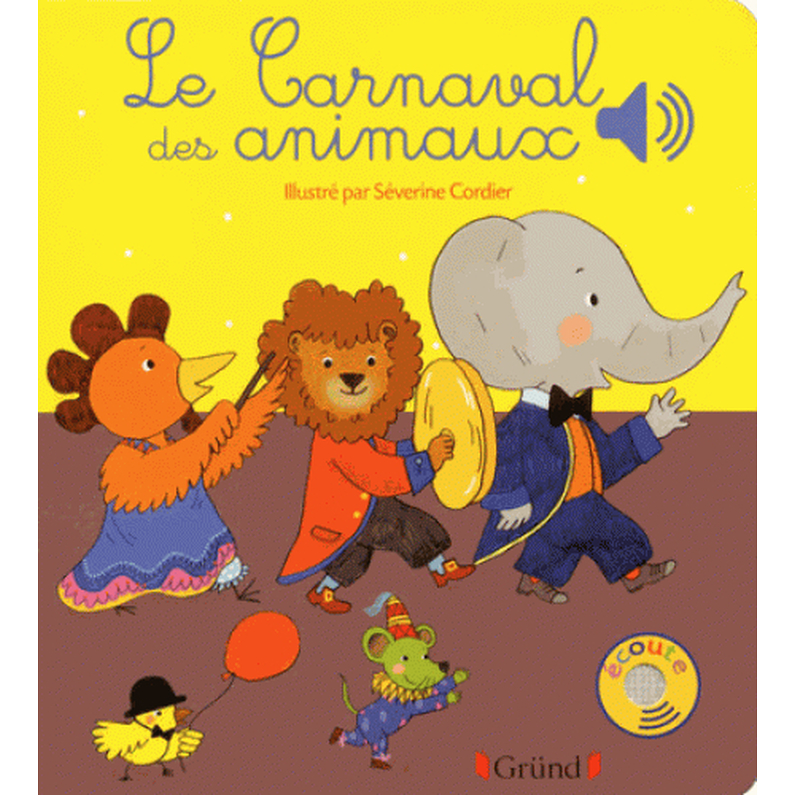
Le Carnaval Des Animaux Boutique du Parc Zoologique de Paris
Le Carnaval des animaux complet XIV mouvements de Camille Saint Saëns. Interprété publiquement après sa mort (Hormis le Cygne) selon ses volontés. A l'origin.
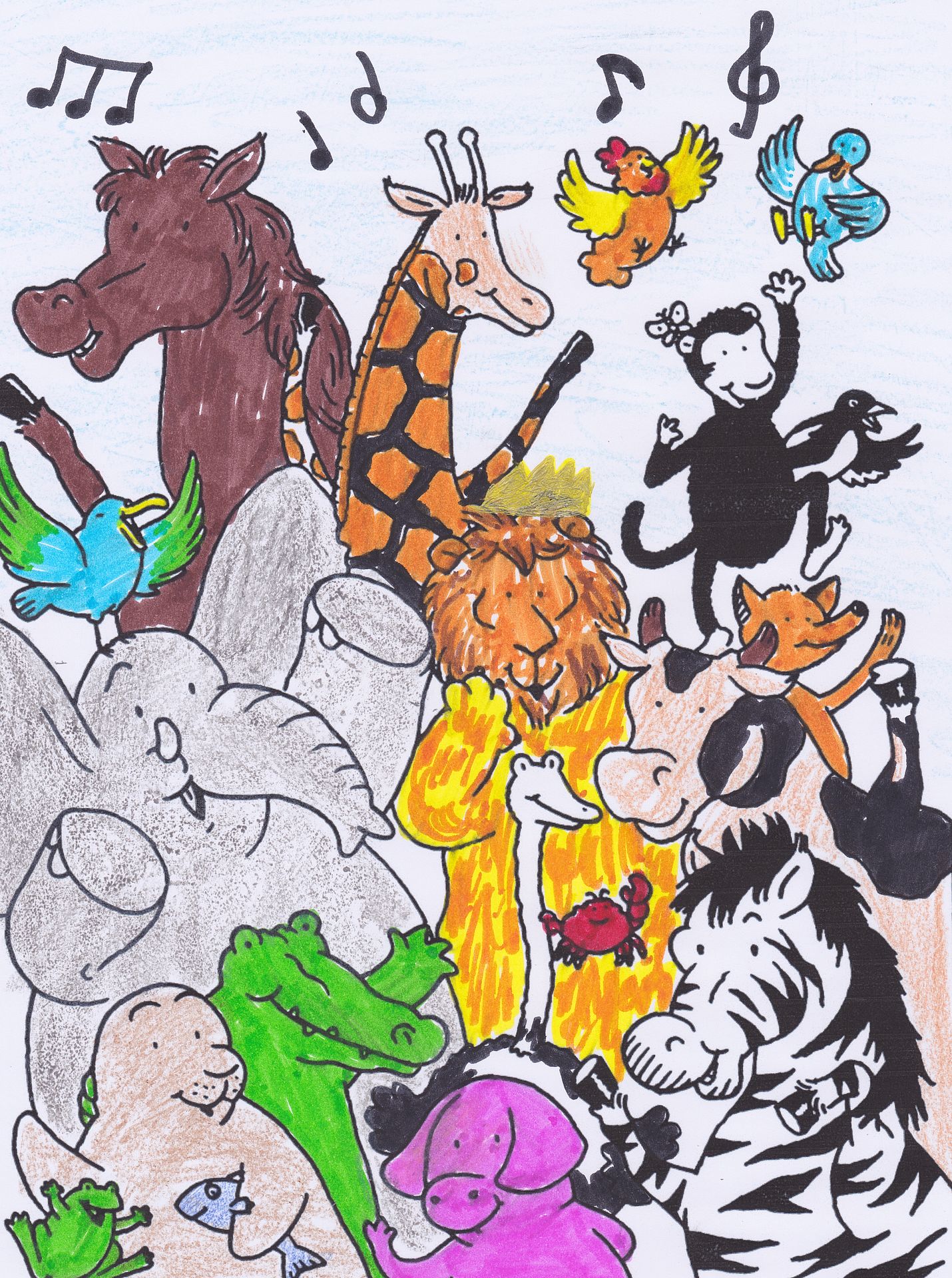
Le carnaval des animaux Ville de Bobigny
His best-known works are Le Carnaval des Animaux (The Carnival of the Animals), his opera Samson et Dalila, piano and cello concertos, the tone poem Danse macabre, and his Third Symphony. A child.
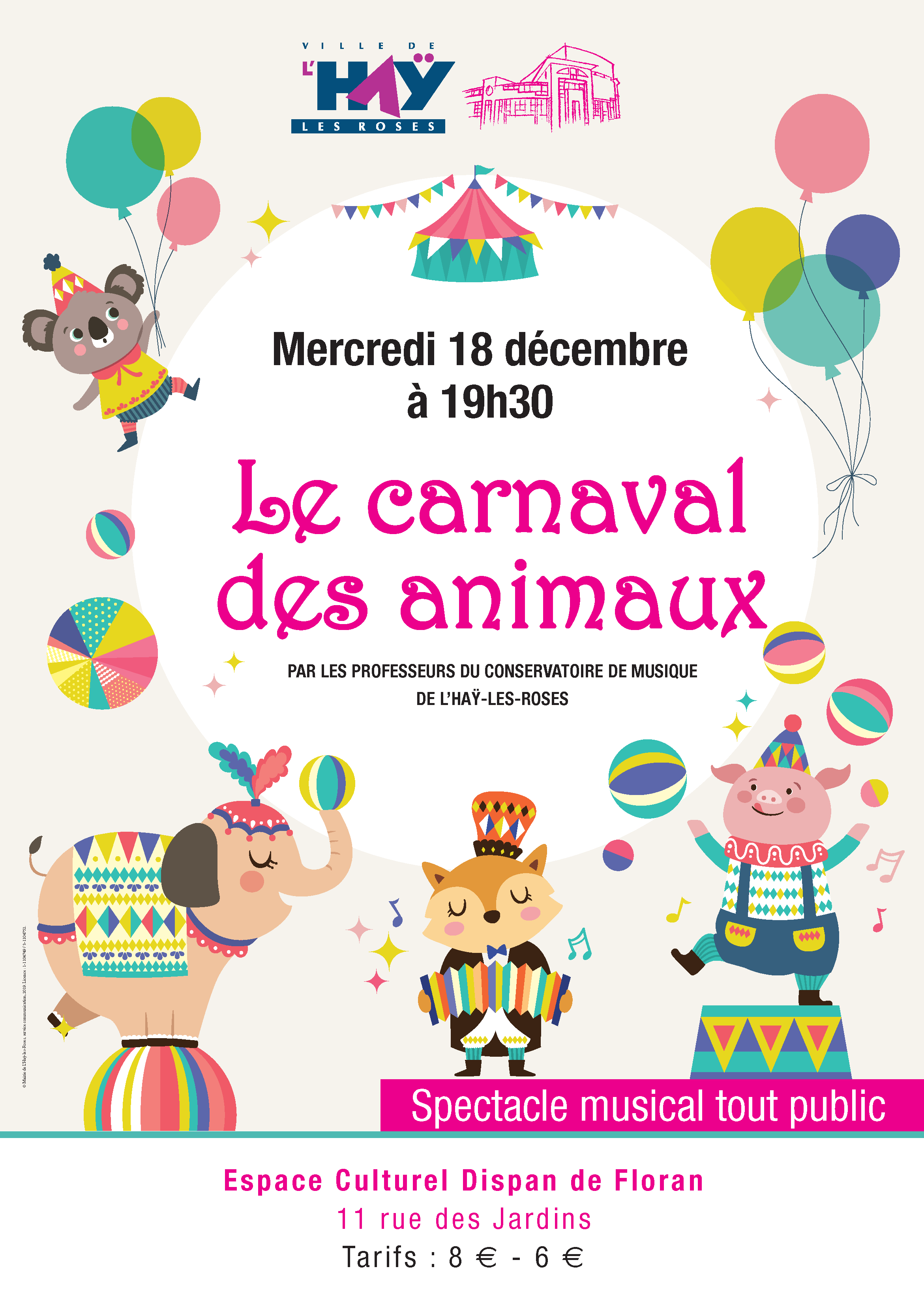
Le Carnaval des animaux
The Carnival of the Animals (Le Carnaval des animaux) is a humorous musical suite of fourteen movements, including "The Swan", by the French composer Camille Saint-Saëns. The work, about 25 minutes in duration, was written for private performance by two pianos and chamber ensemble; Saint-Saëns prohibited public performance of the work during.

Carnaval des animaux chez Valérie L école petite section Carnaval
Published by StringOvation Team on March 10, 2021. Composer Camille Saint-Saëns (1835-1921) composed Le Carnaval des Animaux (Carnival of the Animals) in 1886 while taking a vacation in a small, beautiful Austrian village. The whimsical suite features 14 different movements, each one featuring an animal or group of animals.
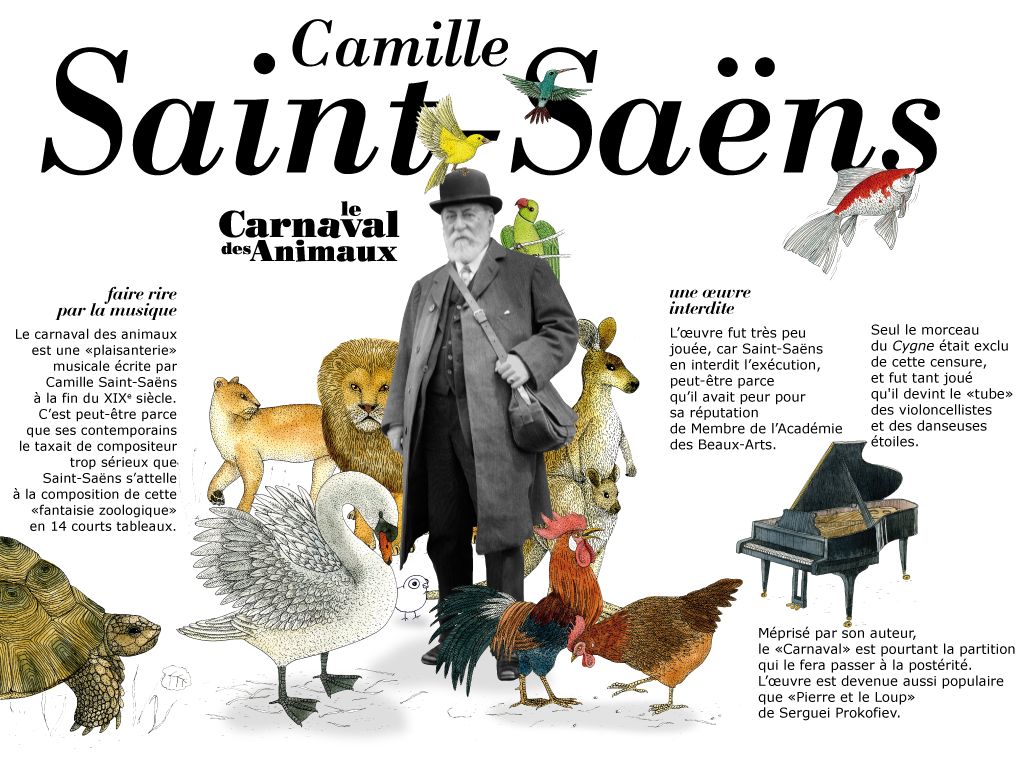
Art Magazino Καμίγ Σεν Σανς "Το καρναβάλι των ζώων" Camille Saint
EMMANUEL PAHUD | "Voliere" from Saint-Saëns "Le Carnaval des Animaux" Pianists. Saint-Saëns wasn't satisfied with only poking fun at the animal kingdom and takes a jibe at pianists. Ooh, burn. This must have been more than a little tongue-in-cheek, as Saint-Saëns was a pianist himself. This movement is just like listening to simple piano.

Le carnaval des animaux
Info: https://gr.afit.pl0:00 Introduction et Marche Royale du Lion2:14 Poules et Coqs3:06 Hemiones3:54 Tortues5:49 L'Elephant7:18 Kangourous8:11 Aquarium10:3.

Le carnaval des animaux Camille SaintSaëns Leslibraires.fr
Origin. Saint-Saëns composed "The Carnival of the Animals" in 1886, while he was enjoying some leisure time in a small Austrian village. However, he was skeptical that it might hamper his public image of being more matured and serious composer, as he feared it was a tad bit whimsical. He took his reputation extremely seriously, and he was.
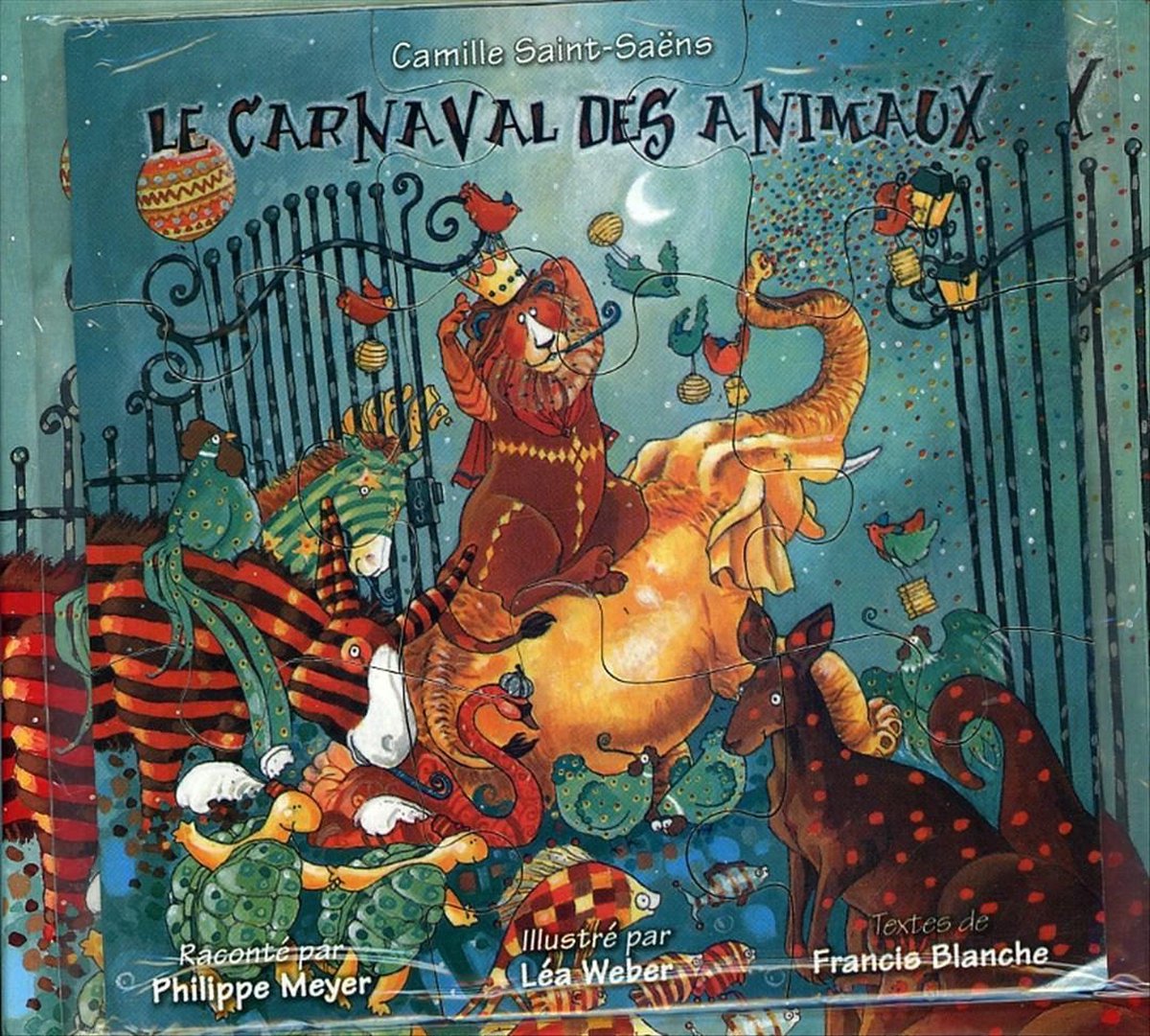
Various Le Carnaval Des Animaux, Various CD (album) Muziek
The Swan (Saint-Saëns, Camille) This work (The Swan (Saint-Saëns, Camille)), is not actually a separate work, but a part of a larger work, Le Carnaval des Animaux (Saint-Saëns, Camille). It is IMSLP's policy to keep all entries for one work on one page. If you wish to upload a file for this work, please do so here. Thank you.
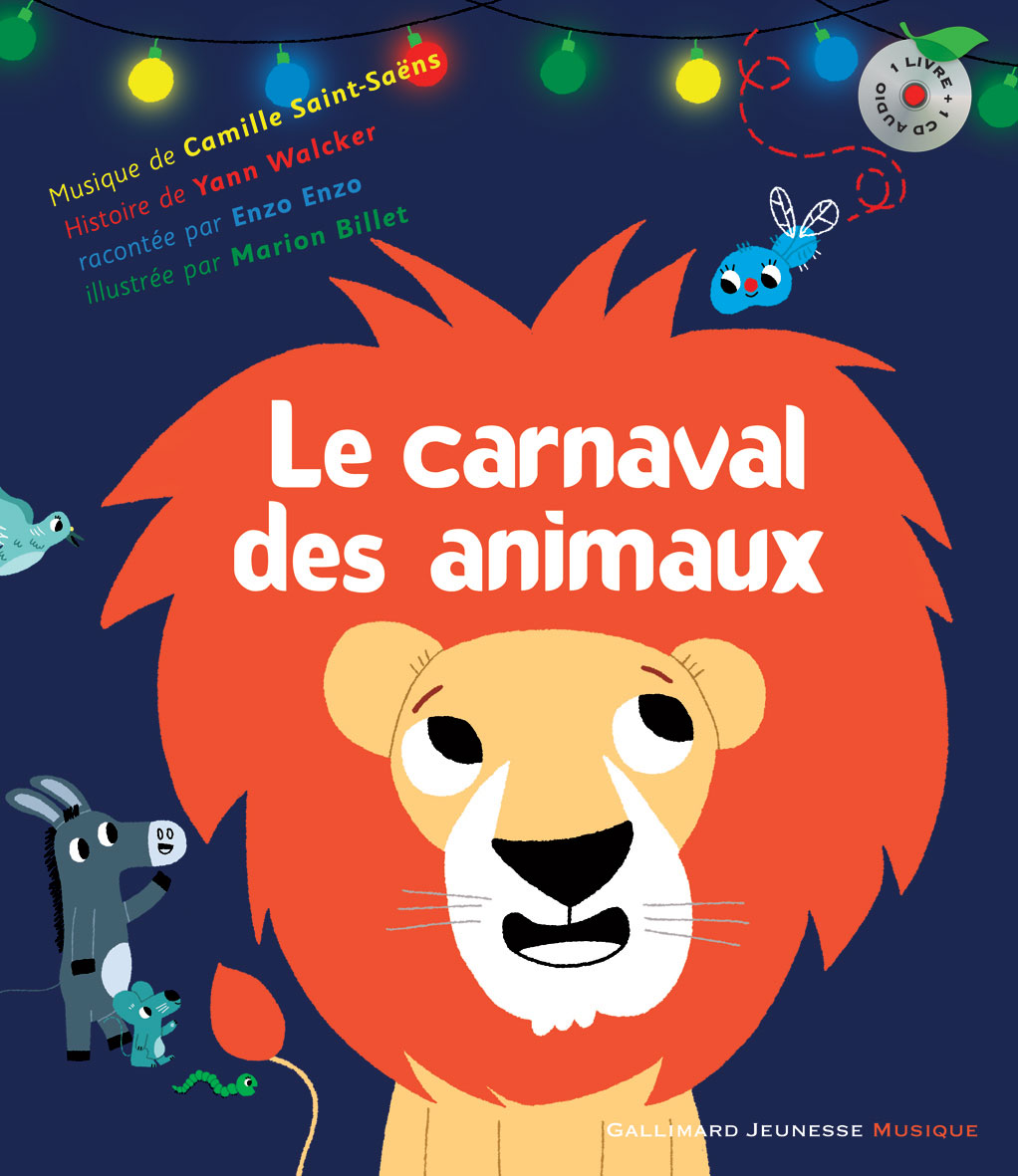
Chroniques d'Asteline JEUNESSE Le Carnaval des animaux
Saint-Saën's "Le Carnaval des Animaux" is a collection of short pieces, presented as a whimsy. The composer was aghast by the public's immediate enthusiasm to the suite and forbade the public performance of all pieces except for "The Swan" during his lifetime. Today it is one of this composer's most famous compositions.

LaCatalane à la maternelle... "Le carnaval des animaux" (SaintSaëns)
Le carnaval des animaux (Saint-Saëns, Camille) Movements/Sections Mov'ts/Sec's: 14 movements. Le Cygne is a double bass solo but this can be played instead on a bassoon. The original scoring for Le Cygne was flute, clarinet, basset horn, 2 horns and solo double bass. Score and parts for this version are included, with a part for bass.
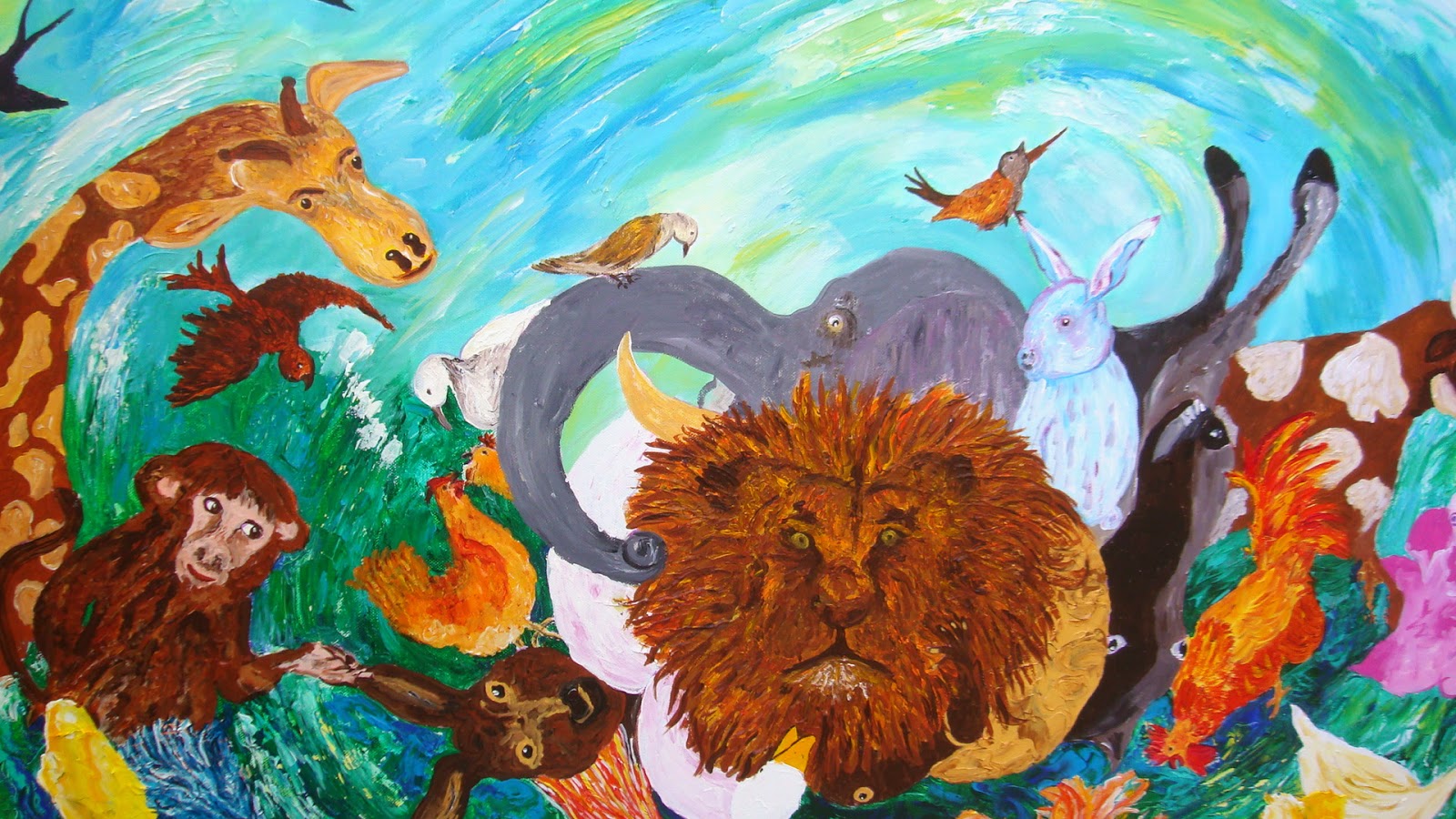
Michèle Tahon, Peinture naïve Le carnaval des animaux de Camille St. Saëns
Barbara Hannigan dirige l'Orchestre philharmonique de Radio France en compagnie de Mathieu Amalric (récitant) dans Le Cygne, extrait du Carnaval des Animaux.

Magical Journey Camille SaintSaëns The Carnival of the Animals
No.3 Hémiones (Animaux véloces) 8 No.4 Tortues 10 No.5 L'Eléphant 12 No.6 Kangourous 14 No.7 Aquarium 16 No.8 Personnages à longues oreilles 22 No.9 Le coucou au fond des bois 22 No.10 Volière 26 No.11 Pianistes 30 No.12 Fossiles 34 No.13 Le Cygne 38 No.14 Final 44

Le Carnaval des Animaux L'Orchestre Philarmonique de l'ORTF
In Camille Saint-Saëns. Le Carnaval des animaux (The Carnival of Animals) for small orchestra, a humorous fantasy not performed during his lifetime that has since won considerable popularity as a work for young people's concerts.Among the best of his later works are the Piano Concerto No. 5 (1895) and the Cello…. Read More
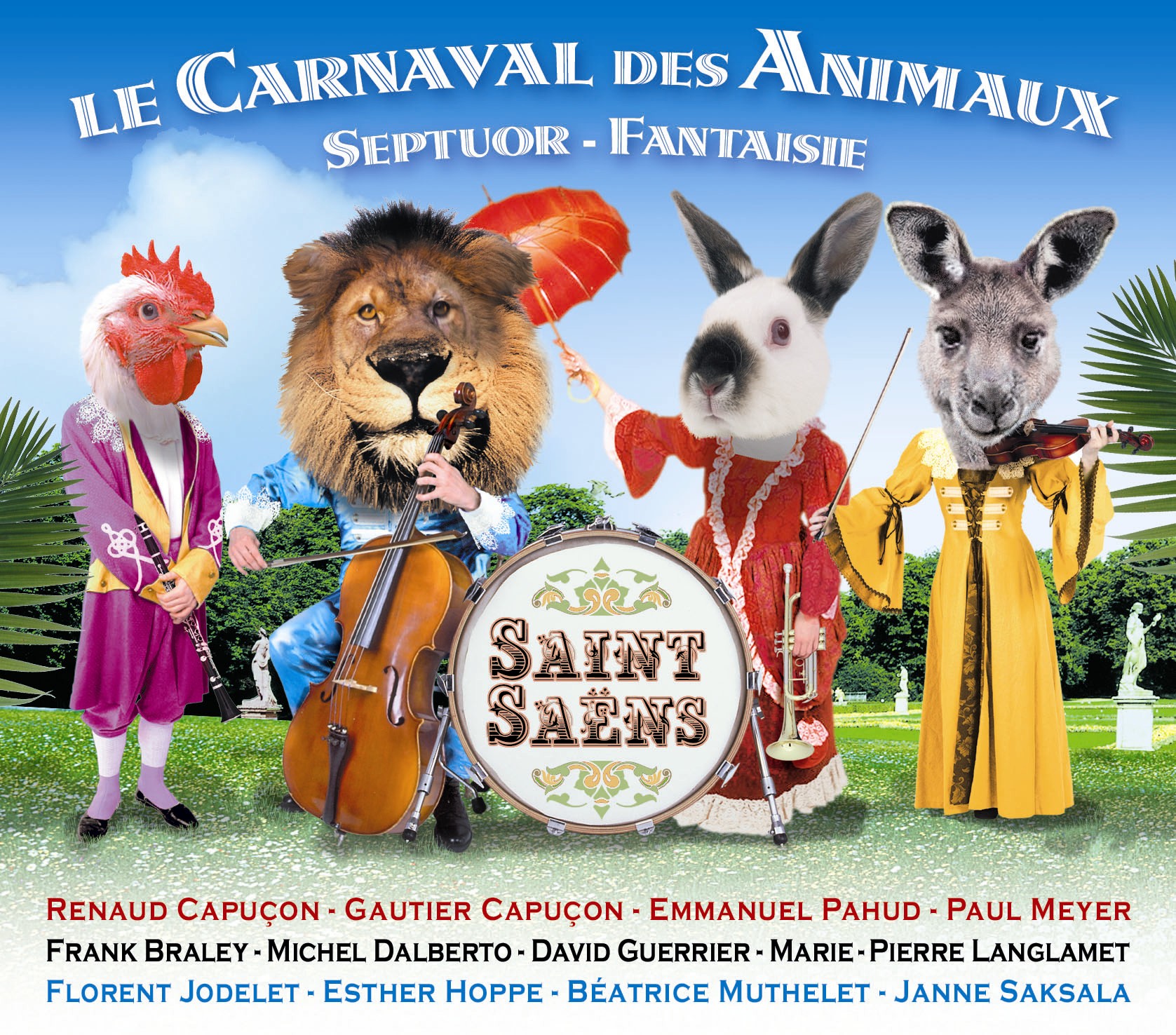
Le Carnaval des Animaux Warner Classics
Le Carnaval des animaux, magnifique exercice de style, a été composé par Camille Saint-Saëns au tout début de l'année 1886 (sa mère meurt quelques mois plus tard), après une tournée à Berlin, Cassel, Prague, qui ne s'est pas toujours bien passée en raison de son antiwagnérisme virulent.